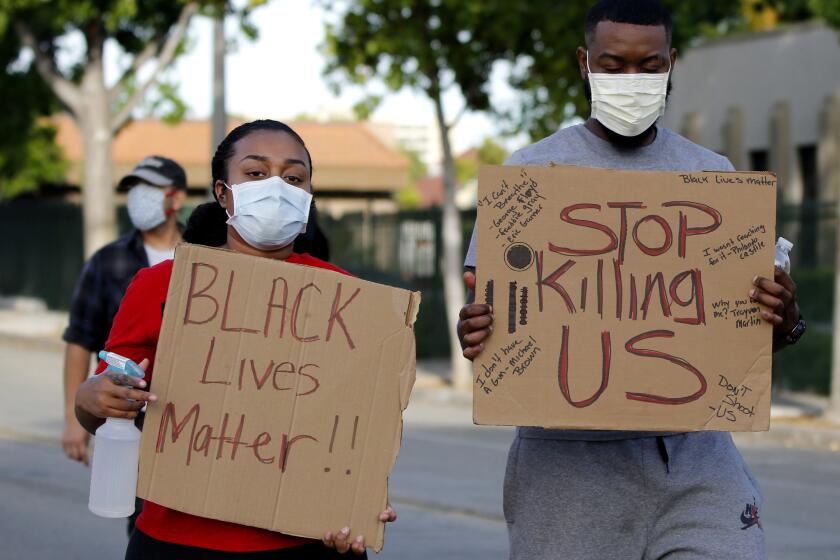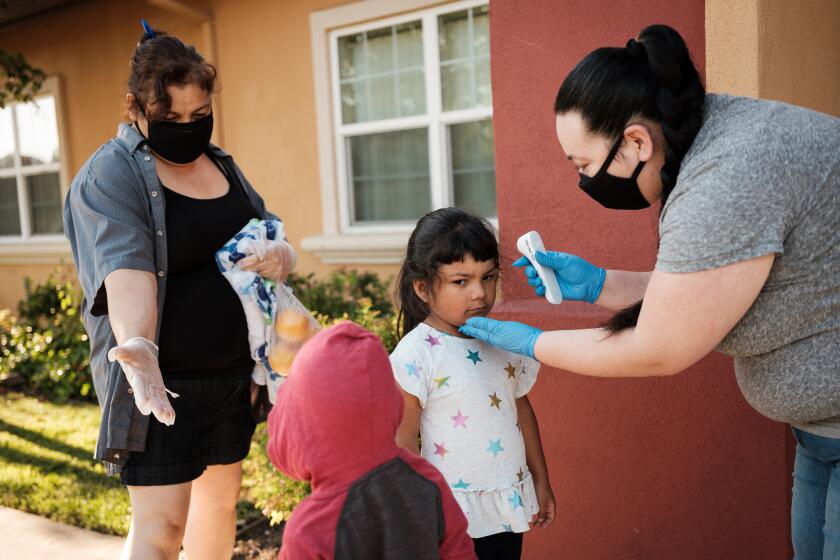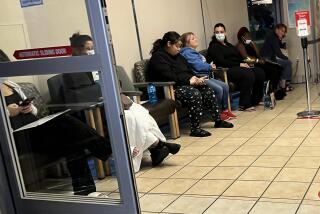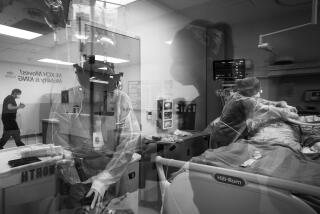Researchers show that COVID-19 racial disparities aren’t inevitable
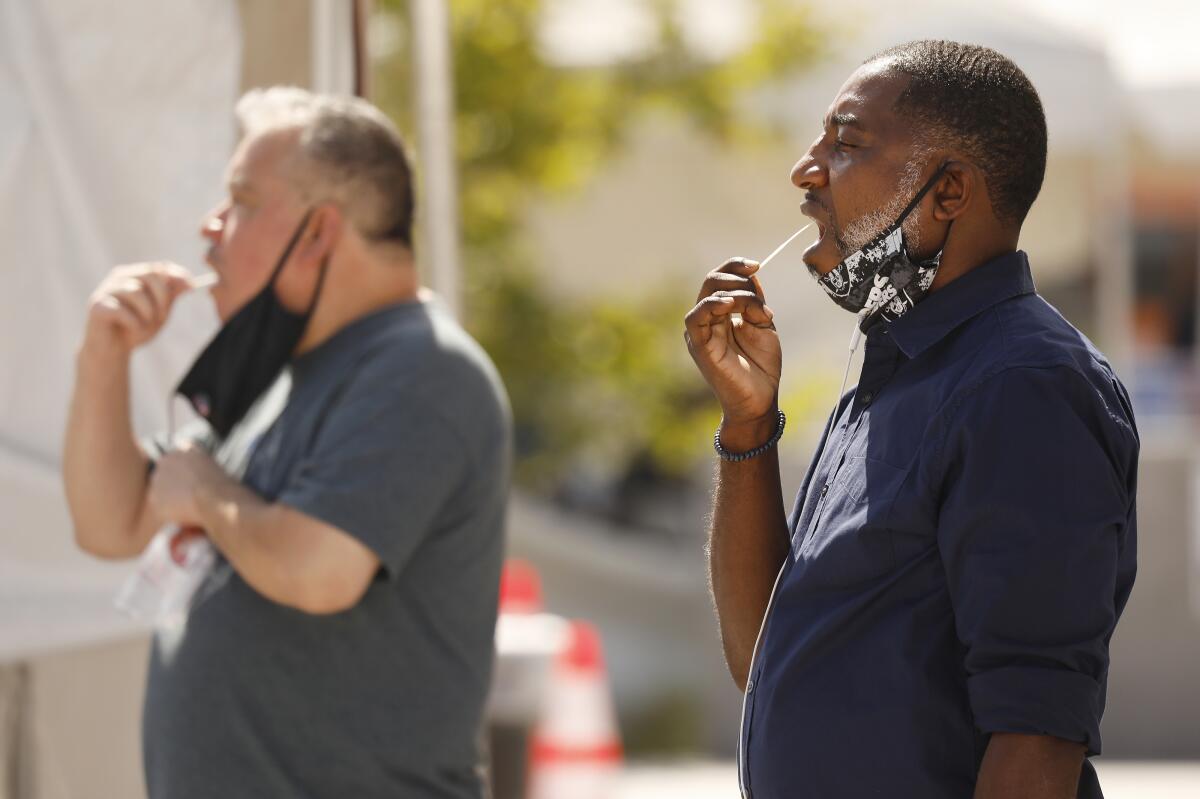
One of the hallmarks of the COVID-19 pandemic in the United States is that the disease disproportionately strikes people of color. But it doesn’t have to be that way, a new study suggests.
Researchers analyzed more than 11,000 COVID-19 patients who were sick enough to seek treatment at a hospital and found that Black Americans in the study were no more likely to die of the disease than their white counterparts. Even when they zeroed in on the sickest patients — those who were admitted to an intensive care unit and who had to be put on ventilators — the results were the same.
The patients in the study were treated between Feb. 19 and May 31 at one of 92 Ascension hospitals in 12 states: Alabama, Florida, Illinois, Indiana, Kansas, Maryland, Michigan, New York, Oklahoma, Tennessee, Texas and Wisconsin. All of the hospitals in that Catholic healthcare system followed the same protocols for testing and treating their COVID-19 patients.
Black patients were overrepresented among the 11,210 patients included in the study — they accounted for 37% of those with confirmed cases of COVID-19, though they’re 13.4% of the U.S. population. Another 41% of the patients were white, and the racial identities of the remaining 22% was either “other” or “missing.”
Compared to the white patients, those who were Black were about five years younger and more likely to have a history of serious health conditions, including asthma, chronic kidney disease, congestive heart failure, diabetes, high blood pressure and obesity. They were also more likely to be insured by Medicaid and to have a higher “neighborhood deprivation index,” indicating more poverty and less employment and education.
Upon arriving at the hospital, Black patients were more likely to have a temperature above 100.4 degrees Fahrenheit and to have a respiratory rate of at least 24 breaths per minute (the normal range is 12 to 16 breaths per minute).
Among those who were admitted to a hospital, 39% of Black patients and 42% of white patients were ultimately treated in the ICU. In addition, 31% of Black patients and 34% of white patients received breathing assistance from mechanical ventilators.
Some public health experts are bracing for a spike in COVID-19 cases in the wake of protests against police brutality.
Overall, 19% of the Black patients and 23% of the white patients died before leaving the hospital — including 35% of Black patients and 36% of white patients who had been in the ICU. Of those who needed ventilators, 38% of Black patients and 38% of white patients died.
Black Americans may be more likely to live in crowded homes; to work in “essential” jobs with less protection from the coronavirus and fewer days of paid sick leave; and to be forced contend with the “chronic and toxic stress” brought on by living in an unequal society, the study authors wrote. But after accounting for these and other disparities, they concluded that “race was not significantly associated with an increased risk of death.”
The results were published this week in the journal JAMA Network Open.
The findings suggest that when hospitals provide equal care to all patients, the longer odds faced by patients of color can be overcome, Dr. L. Ebony Boulware wrote in a commentary that accompanies the study.
“If this inference is valid, it provides an argument against potentially misguided calls for new studies to identify and target as-yet unrecognized race-based biological differences as explanations for COVID-19 disparities.”
Racial disparities in the the U.S. coronavirus epidemic extend to children, according to two sobering government reports released Friday.
Instead, it would be a sign that it’s possible to eliminate these disparities by doing away with the underlying inequities that cause them in the first place.
Of course, identifying the myriad reasons why people of color fare worse than white people is only a first step — figuring out what to do about it is something the country has struggled with throughout its history.
Boulware, an internist and epidemiologist at Duke University, said the solution will require the “dismantling” of “housing, education, employment and healthcare policies” that give white Americans advantages over everyone else.
That’s no easy task. But the country has pulled off several other feats this year that would have seemed unthinkable not long ago, including all but shutting down to halt the coronavirus’ spread.
Boulware suggested an obvious place to start: “Providing universal access to healthcare is a logical first step.”
